2022/06/16
By Ben S. Bernanke
Inflation over the past 12 months exceeded 8 percent, a level that evokes memories of America’s Great Inflation of the 1960s and ’70s. From the beginning of 1966 through 1981, the Consumer Price Index rose, on average, by more than 7 percent per year, peaking at over 13 percent in 1980. This period also saw two major and two minor recessions and an approximately two-thirds decline in the Dow Jones industrial average, when adjusted for inflation.
Are we in danger of repeating that experience?
The short answer: almost certainly not.
Although the inflation of the 1960s and ’70s had higher peaks and lasted much longer than what we have seen recently, it’s true there are some similarities to what we are going through now. The inflation of a half-century ago, like today’s, began after a long period when inflation was generally low. In both cases, heavy federal spending (on the war in Vietnam and Great Society programs in the 1960s, on the response to Covid in 2020 and 2021) added to demand. And shocks to global energy and food prices in the 1970s made the inflation problem significantly worse, just as they are doing now.
But there are critical differences as well. First, although inflation was very unpopular in the ’60s and ’70s, as it (understandably) is today, back then, any inclination by the Federal Reserve to fight inflation by raising interest rates, which could also slow the economy and raise unemployment, met stiff political resistance. President Lyndon Johnson, attempting to insulate the public from the economic costs of an unpopular war, put intense pressure on the Fed chairman, William McChesney Martin, to keep interest rates low. Johnson promised to raise taxes to pay for the war, and Martin accordingly refrained from raising rates for a time, but Johnson’s temporary tax surcharge in 1968 failed to cool an overheated economy, allowing inflation to gain a toehold.














